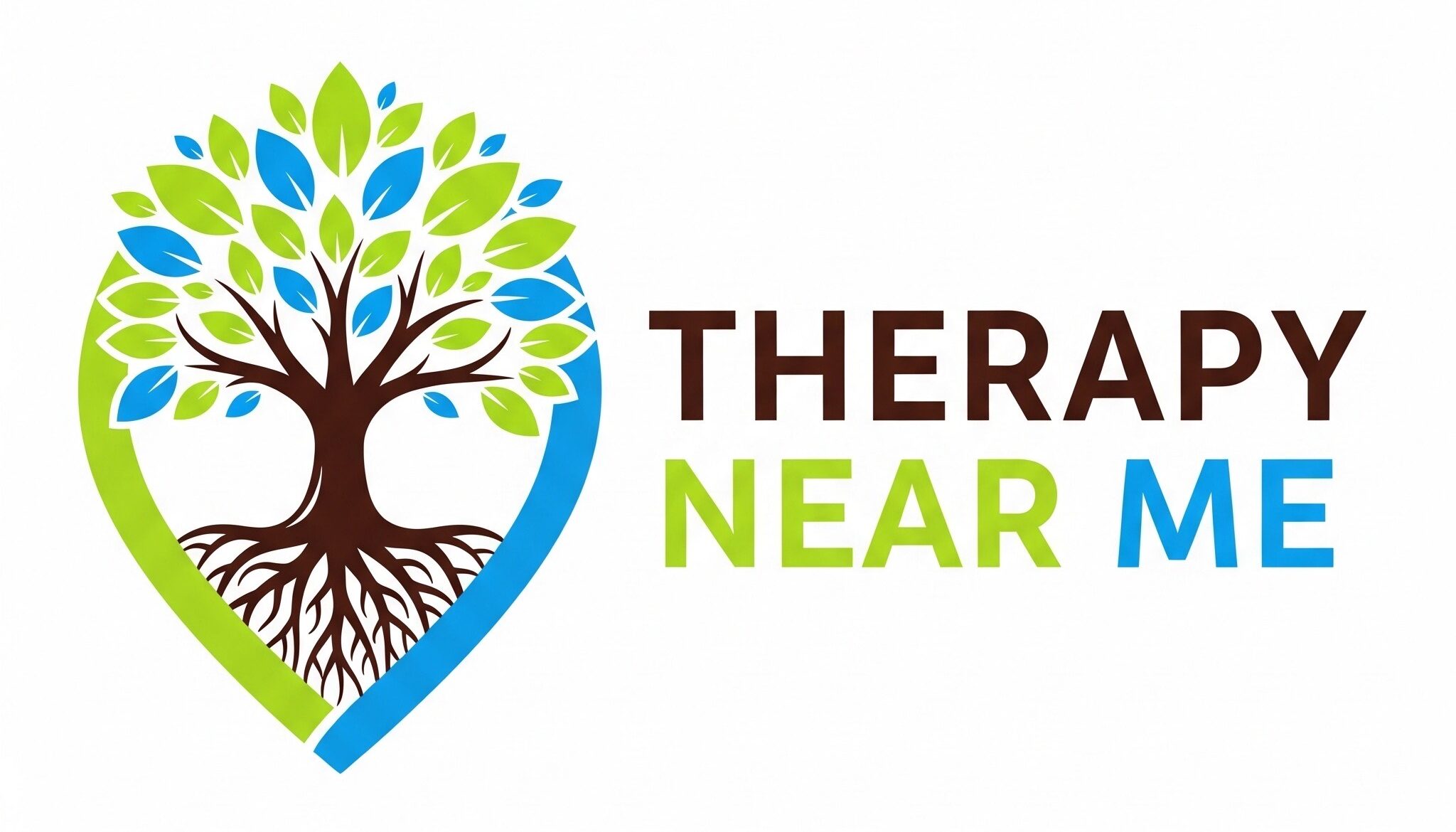In today’s fast-paced world, relaxation is an essential yet often overlooked component of overall well-being. Chronic stress can lead to various physical and mental health problems, including anxiety, depression, hypertension, and heart disease (American Psychological Association, 2020). Fortunately, psychologists have developed numerous techniques to help individuals relax and manage stress effectively. This article explores scientifically-backed relaxation methods and provides practical tips on incorporating these techniques into your daily life.
The Importance of Relaxation
Physical Health Benefits
Relaxation has profound effects on physical health. Regular relaxation can lower blood pressure, reduce muscle tension, improve digestion, and boost the immune system. It can also alleviate chronic pain and improve sleep quality (National Institutes of Health, 2018).
Mental Health Benefits
Relaxation is equally crucial for mental health. It helps reduce symptoms of anxiety and depression, enhances mood, and improves cognitive function. By lowering stress levels, relaxation techniques can increase resilience and improve overall mental well-being (Smith et al., 2018).
Scientifically-Backed Relaxation Techniques
Deep Breathing Exercises
Technique
Deep breathing, or diaphragmatic breathing, involves taking slow, deep breaths to engage the diaphragm fully. This technique increases oxygen intake and promotes relaxation by stimulating the parasympathetic nervous system (Jerath et al., 2006).
How to Practice
- Sit or lie down in a comfortable position.
- Place one hand on your chest and the other on your abdomen.
- Inhale deeply through your nose, allowing your abdomen to rise while keeping your chest relatively still.
- Exhale slowly through your mouth.
- Repeat for 5-10 minutes, focusing on your breath.
Progressive Muscle Relaxation (PMR)
Technique
Progressive Muscle Relaxation involves systematically tensing and then relaxing different muscle groups in the body. This technique helps reduce physical tension and promote a state of calm (Jacobson, 1938).
How to Practice
- Find a quiet, comfortable place to sit or lie down.
- Starting with your toes, tense each muscle group for about 5 seconds, then release the tension for 30 seconds.
- Move up through your body, tensing and relaxing each muscle group (e.g., calves, thighs, abdomen, chest, arms, neck, and face).
- Focus on the sensation of relaxation as you release the tension.
Mindfulness Meditation
Technique
Mindfulness meditation involves focusing on the present moment without judgment. It encourages awareness of thoughts, feelings, and physical sensations, promoting relaxation and reducing stress (Kabat-Zinn, 1990).
How to Practice
- Find a quiet place to sit comfortably.
- Close your eyes and take a few deep breaths.
- Focus on your breath, noticing the sensation of the air entering and leaving your nostrils or the rise and fall of your abdomen.
- If your mind wanders, gently bring your attention back to your breath.
- Practice for 5-20 minutes daily.
Guided Imagery
Technique
Guided imagery involves visualising calming and peaceful scenes to reduce stress and promote relaxation. This technique engages the imagination and helps shift focus away from stressors (Roffe et al., 2005).
How to Practice
- Sit or lie down in a comfortable position.
- Close your eyes and take a few deep breaths.
- Imagine a peaceful place, such as a beach, forest, or mountain.
- Engage all your senses in the imagery, noticing the sights, sounds, smells, and feelings.
- Spend 10-15 minutes visualising this scene, allowing yourself to feel calm and relaxed.
Yoga
Technique
Yoga combines physical postures, breathing exercises, and meditation to promote relaxation and improve overall well-being. Regular yoga practice has been shown to reduce stress, anxiety, and depression (Woodyard, 2011).
How to Practice
- Join a yoga class or follow a guided session online.
- Focus on the breath and movement, allowing yourself to fully engage in the practice.
- Practice regularly, aiming for at least 20-30 minutes several times a week.
Practical Tips for Incorporating Relaxation into Daily Life
Create a Relaxation Routine
Establishing a regular relaxation routine can help make relaxation a consistent part of your life. Set aside specific times each day for relaxation practices, such as deep breathing, meditation, or yoga.
Limit Stressors
Identify and reduce sources of stress in your life where possible. This might include setting boundaries at work, prioritising self-care, and seeking support from friends, family, or a mental health professional.
Practice Self-Compassion
Be kind to yourself and recognise that it is okay to take time for relaxation. Self-compassion can reduce stress and promote a healthier mindset (Neff, 2003).
Stay Active
Regular physical activity can help reduce stress and promote relaxation. Aim for at least 30 minutes of moderate exercise most days of the week.
Connect with Others
Social support is essential for managing stress. Spend time with loved ones, engage in social activities, and seek support when needed.
Conclusion
Relaxation is vital for maintaining physical and mental health. By incorporating scientifically-backed relaxation techniques such as deep breathing, progressive muscle relaxation, mindfulness meditation, guided imagery, and yoga into your daily routine, you can effectively manage stress and improve your overall well-being. Remember, taking time to relax is not a luxury but a necessity for a healthy and balanced life.
References
- American Psychological Association. (2020). Stress: The different kinds of stress. Retrieved from https://www.apa.org/topics/stress/types
- Jacobson, E. (1938). Progressive Relaxation. University of Chicago Press.
- Jerath, R., Edry, J. W., Barnes, V. A., & Jerath, V. (2006). Physiology of long pranayamic breathing: Neural respiratory elements may provide a mechanism that explains how slow deep breathing shifts the autonomic nervous system. Medical Hypotheses, 67(3), 566-571.
- Kabat-Zinn, J. (1990). Full Catastrophe Living: Using the Wisdom of Your Body and Mind to Face Stress, Pain, and Illness. Delta.
- National Institutes of Health. (2018). Relaxation techniques: Try these steps to reduce stress. Retrieved from https://www.nih.gov/news-events/nih-research-matters/relaxation-techniques-try-these-steps-reduce-stress
- Neff, K. D. (2003). The development and validation of a scale to measure self-compassion. Self and Identity, 2(3), 223-250.
- Roffe, L., Schmidt, K., & Ernst, E. (2005). A systematic review of guided imagery as an adjuvant cancer therapy. Psycho-Oncology, 14(8), 607-617.
- Smith, J. C., Joyce, V. M., & Nelson, R. O. (2018). Relaxation, Meditation, & Mindfulness: A Mental Health Practitioner’s Guide to New and Traditional Approaches. Springer Publishing Company.
- Woodyard, C. (2011). Exploring the therapeutic effects of yoga and its ability to increase quality of life. International Journal of Yoga, 4(2), 49-54.
How to get in touch
If you or your NDIS participant need immediate mental healthcare assistance, feel free to get in contact with us on 1800 NEAR ME – admin@therapynearme.com.au.







